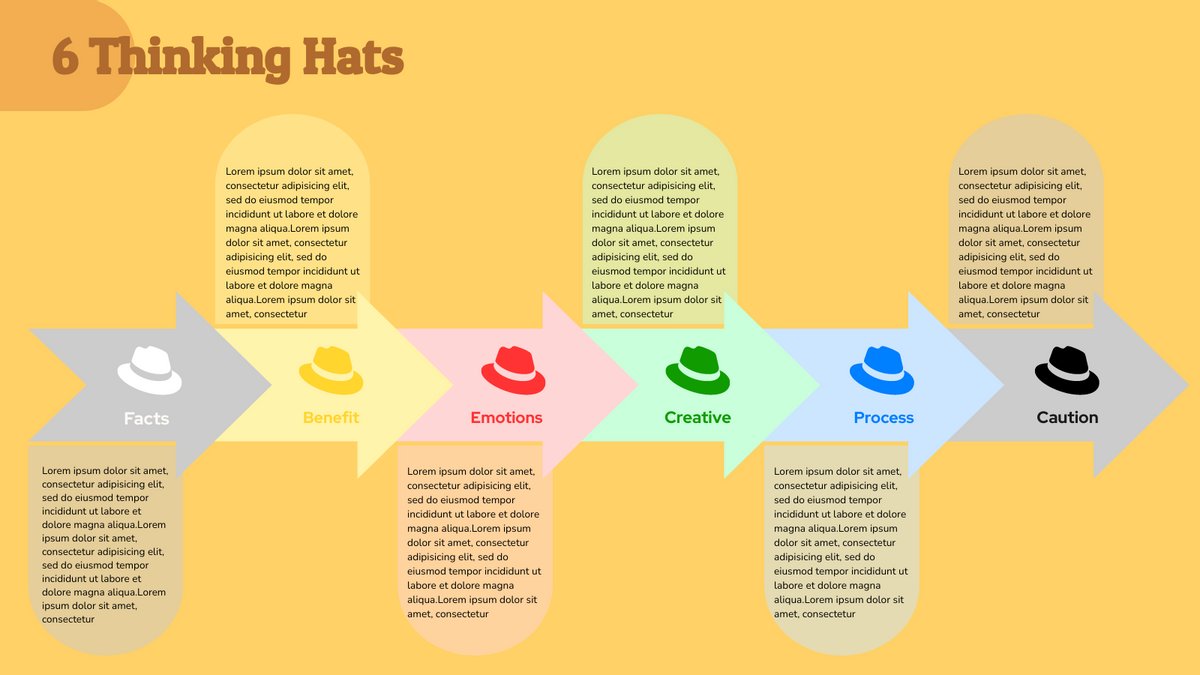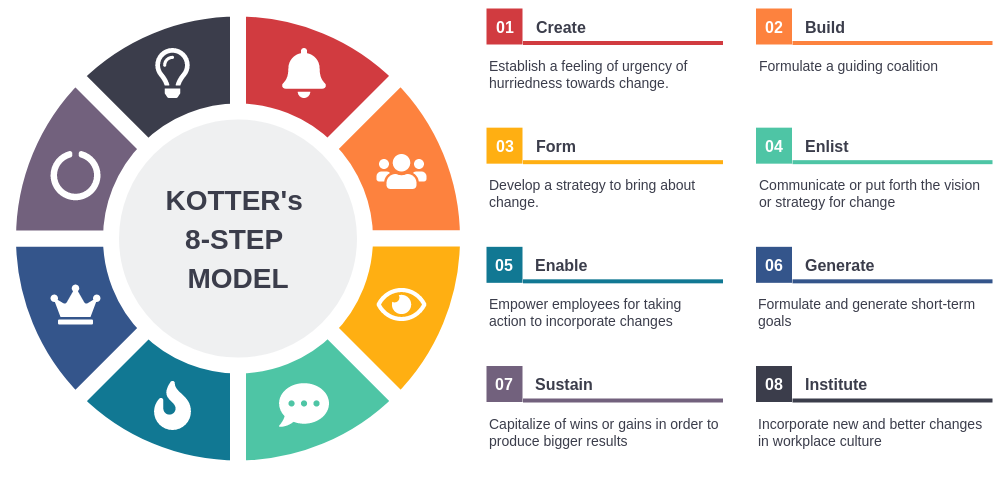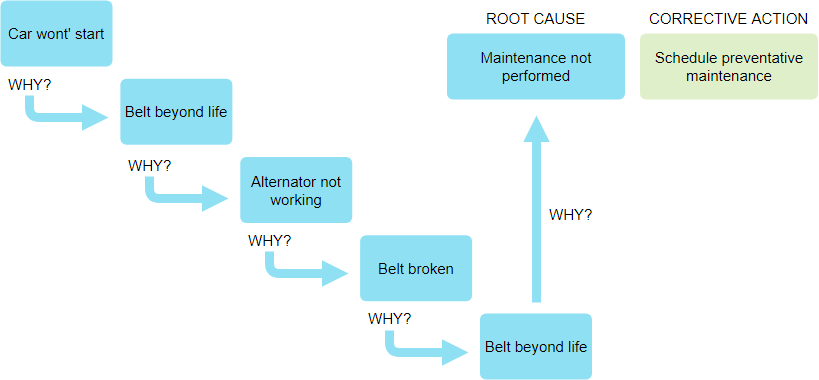The traditional “apply and wait” application process is no longer adopted by many employers. Today, they browse for career seekers on social media, i.e. LinkedIn, visit blog or personal websites and consider more creative job applications. Infographic CV are a creative way for employers to be persuaded that they deserve your attention. Although infographic CVs typically do not replace standard resumes entirely, they are perfect for a blog or social networking site to view, upload, and attach to as a visual portfolio in your applications.
Continue reading









